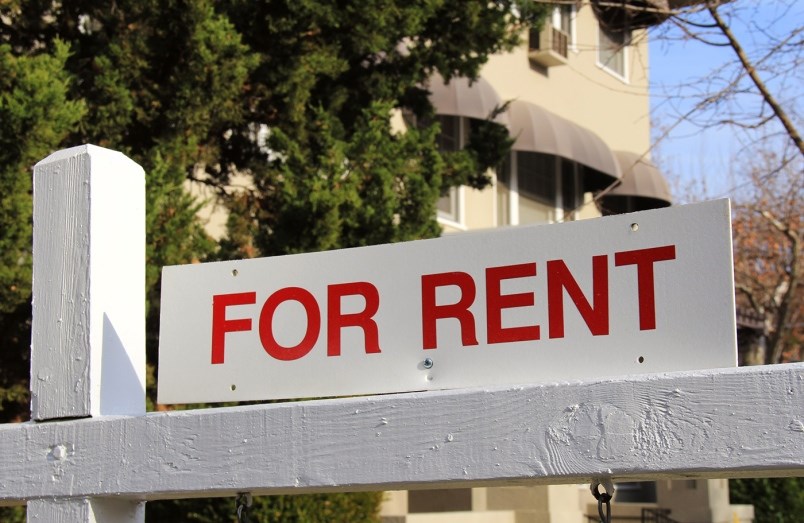Ensuring families and people of different income levels can afford to live in Port Moody is “just the right thing to do,” says city councillor Amy Lubik.
Tuesday, Port Moody council passed eight recommendations that, along with four already adopted in April, could make that happen.
The recommendations include: stronger rules to protect existing rental housing; inclusionary zoning; better incentives to encourage the construction of new rental and affordable housing; minimum thresholds for the number of family-friendly units to included in new developments; and policies to discourage hostile architecture.
Those are in addition to previous recommendations that include an update of Port Moody’s laneway housing bylaws to make that housing option more attractive; the establishment of a renoviction bylaw; and updating the terms of reference for the city’s affordable housing reserve fund so it could also be used to help renters in need of financial assistance.
The recommendations were the product of months of work by council’s affordable housing task force, that was recharged last year after it was initially formed in 2017.
Lubik, a member of the task force, said making affordable housing a priority benefits everyone in the city.
“The housing-first model shows if we can keep people housed, it really does save a lot of money,” she said.
In its report to council, the task force said those savings would be realized by fewer people needing to access social and medical supports.
Coun. Diana Dilworth, also on the task force, said Port Moody is facing an affordability crunch as more than a quarter of its existing non-market rental units begin to show their age.
“That’s where we’re going to get caught,” she said, adding already 35% of renters in the city are paying more than 30% of their household income of rent and utilities, while 17% are paying more than 50% of their income to keep a roof over their head. According to the rental housing index compiled by the B.C. Non-profit Housing Association, accommodation is considered affordable if it costs less than 30% of household income.
Coun. Meghan Lahti said a goal of the task force, which also included Coun. Zoe Royer, was to provide a road map for future developments in the city.
“We really thought it was important to take a very descriptive approach as to how this could happen by providing developers with options, but also being very clear with our expectations,” she said.
Dilworth said the group tried to take elements from best practices being implemented in other cities like New Westminster, Burnaby, North Vancouver and Richmond that are wrestling with similar issues. It even enlisted councillors from New West to peer review its report.
For instance, the task force recommends the establishment of minimum maintenance standards for rental suites, which is currently being ireviewed in Burnaby.
It also favours a tiered approach to inclusionary zoning, similar to New West, that scales the requirement for affordable units in new projects with more than 80 units according to a developer’s adherence to the official community plan (OCP) or their proximity to transit. A project that’s within OCP guidelines would require 12.5% of its units be affordable or 6% to be offered at shelter rates, while those seeking an amendment to the OCP, exceed an area’s density limits or are located in a transit-oriented development area would need to provide a minimum of 20% affordable units.
City manager Tim Savoie told council staff will begin work on implementing the recommendations, but it could take several months for bylaws and policies to be drafted.
“We know how important this is to the community,” he said.



